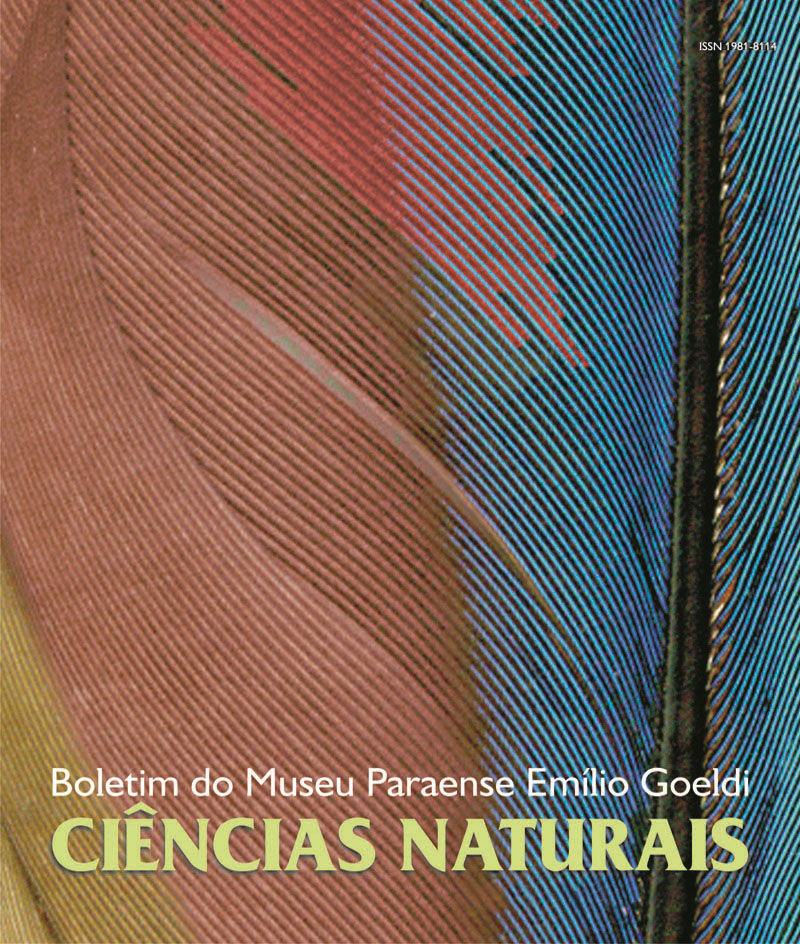Variation of granulometric and organic composition of the toposequence of soil in the microregion of Marabá-PA
DOI:
https://doi.org/10.46357/bcnaturais.v2i3.694Keywords:
Particle Size Analysis, Topossequence, Pedologic Systems, Family AgricultureAbstract
The transformations in the Amazonian ecosystems, that occur from colonization process, it have been enough studied, however little have been considering the variations of the characteristics of the soil in the landscape. With the objective of evaluating the variation of the soil of a landscape of the Marabá (PA) region, a study was carried through involving the granulometric and organic composition of the soil. It tries to explain the variation of those characteristics in relationship the pedogenetics processes. The samples were removed of vertical profiles, in the top (Latosols), hillside (Cambisols) and low slope (Gleysols), in a topossequence with 300 m of extension, cultivated with Brachiaria brizantha. The analyses demonstrated the clay prevalence in Latosols and in Cambisols, and of sand in Gleysols, besides an accumulation of organic matter in surface. The increase in the silte values in depth is current of the presence of the alterites, that appears in variable depth according to the soil class. Differentiat pedogenetic intensity in function of the declivity and the form of the source, provoked variations the granulometric and organic constitution of the soil, throughout the profiles the topossequence, that contributed for characterization of a pedologic, composed system of Latosols, Cambisos and Gleysols, of high the low one source, respectively.
Downloads
Published
Issue
Section
License
Publication means fully assigning and transferring all copyrights of the manuscript to the journal. The Liability Statement and
Assignment of Copyrights will be enclosed with the notice of acceptance. All the authors must sign the document and return it to the journal.








